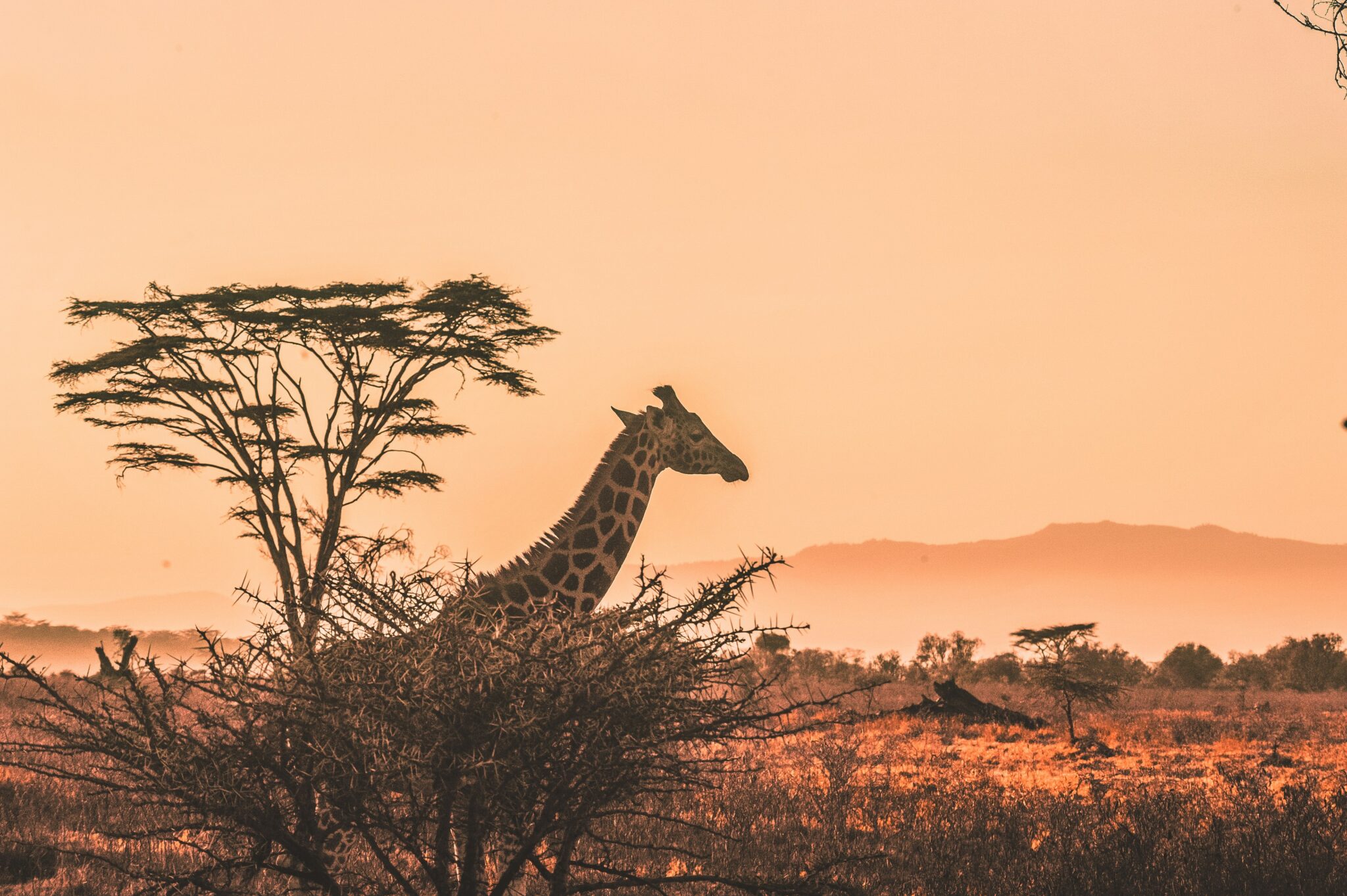
Journey into Kenya’s Wild Heart
Explore the Majestic Safaris of Kenya
Unveil the wonders of Kenya’s iconic national parks, where breathtaking landscapes and incredible wildlife encounters promise an unforgettable adventure.
Kenya Safari Adventures
Immersive Safari Adventures in Kenya
Immerse yourself in the extraordinary beauty of Kenya’s renowned national parks. With a network of over 50 parks and reserves, including the Maasai Mara, home to the “Big Five” and the stage for the great wildebeest migration, Kenya’s safaris offer unique encounters with Africa’s iconic wildlife, ensuring an unforgettable experience.
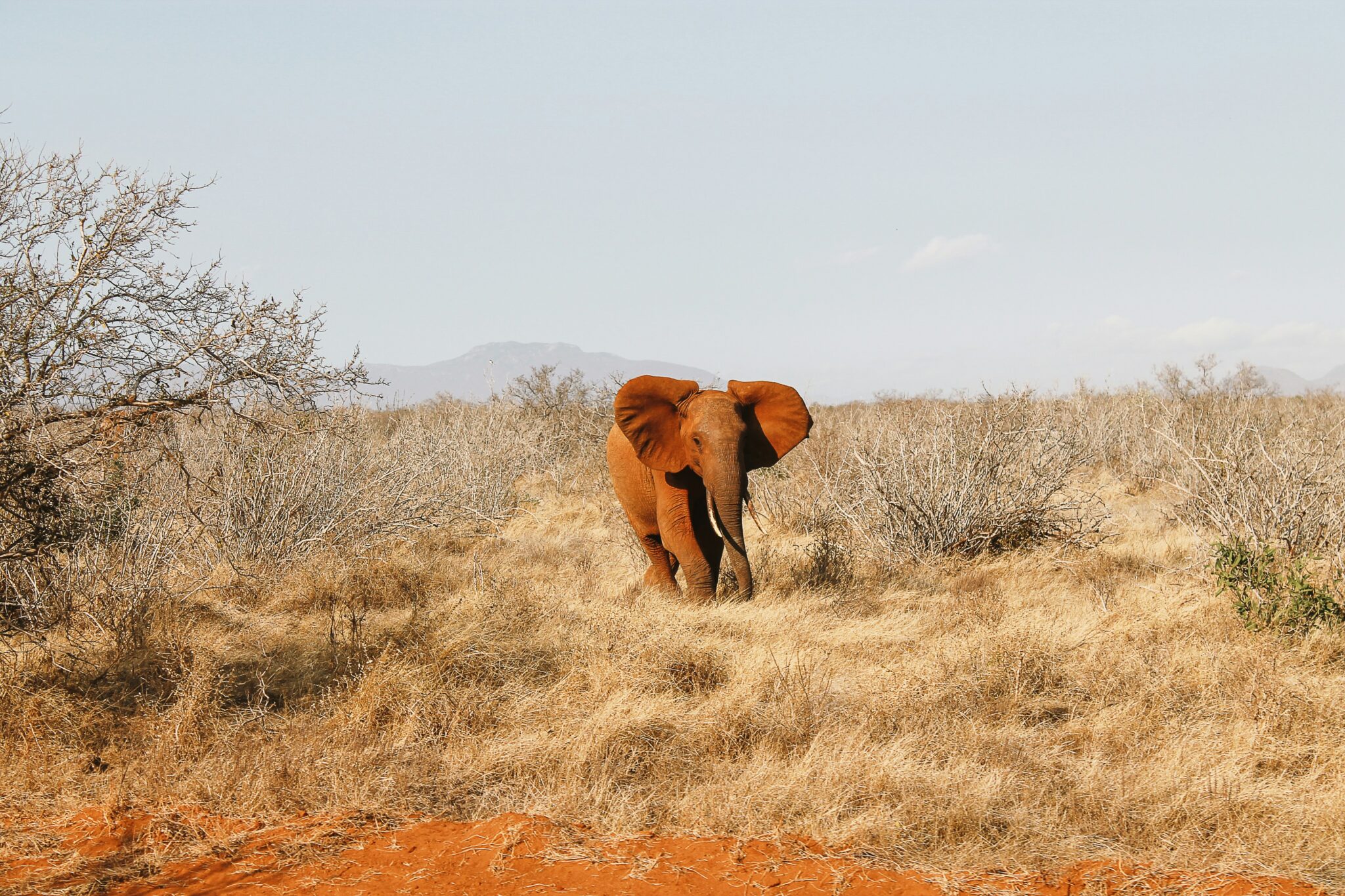
Tsavo East
The Theatre of the Wild
Tsavo East is one of Kenya’s largest and oldest national parks, famous for its vast savannah, rich wildlife and breathtaking landscapes, including the Galana River and spectacular plains.
The spectacle of powder-red elephants splashing, rolling and splashing each other in the midnight-blue waters of the palm-shaded Galana River is one of Africa’s most striking images. Together with the 300-kilometre-long Yatta Plateau, the longest lava flow in the world, this park offers an adventure unlike any other in Tsavo East. The park is the largest protected area in Kenya and is home to the largest mammals, vast herds of red elephants, rhinos, buffalo, lions, leopards, herds of hippos, crocodiles, water antelopes, lesser kudu, giraffe antelope and a prolific birdlife of 500 recorded species.
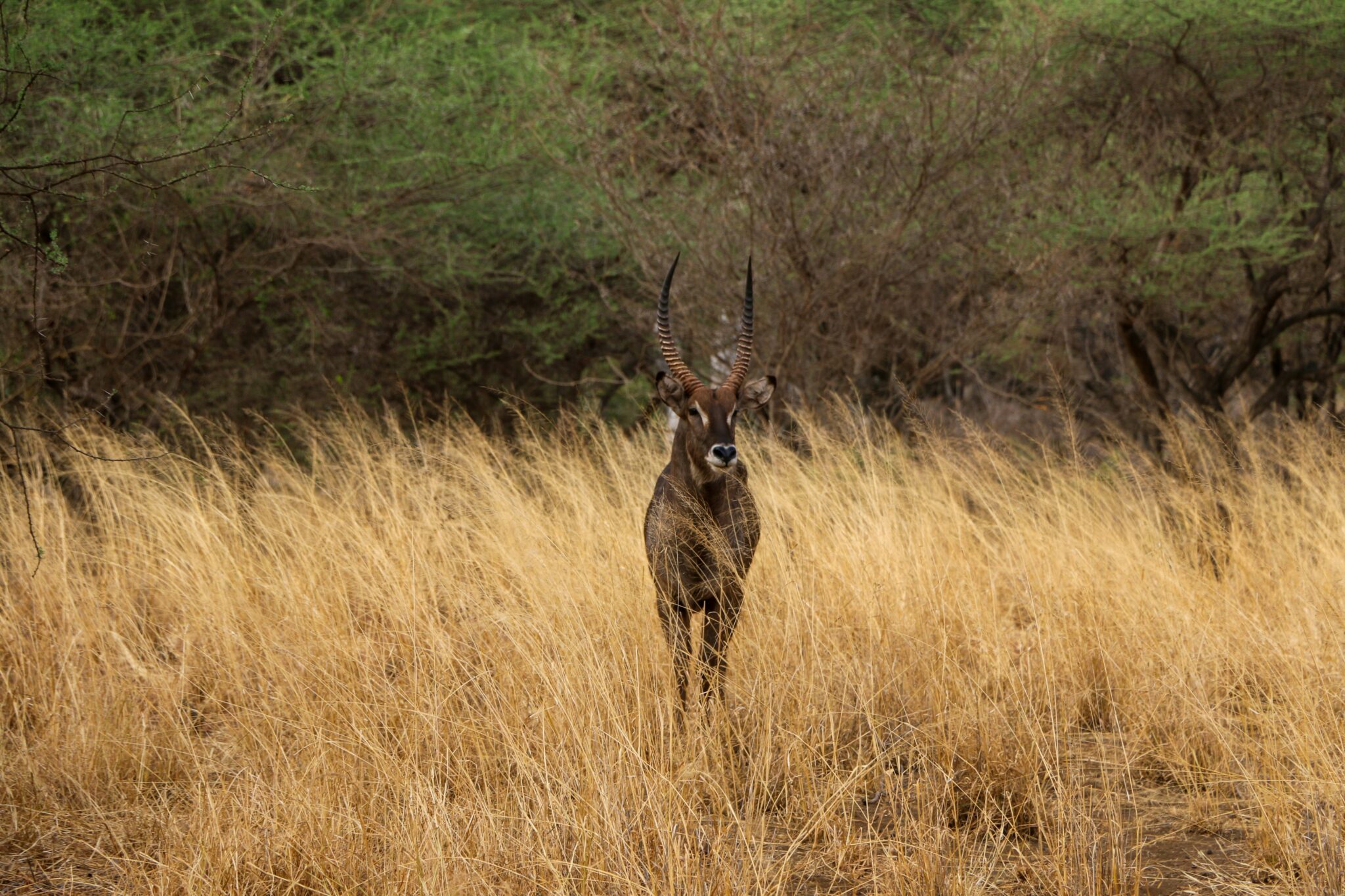
Tsavo West
Land of lava, springs, man-eaters and magical sunsets
Tsavo West is a Kenyan national park known for its varied landscapes, ranging from savannahs and volcanic hills to natural springs such as the Mzima Springs, as well as its rich wildlife.
From the sight of fifty million gallons of crystal-clear water gushing from the springs of Mzima, a scarcely dry lava rock, to the lava flows of Shetani, Tsavo West offers wonderful wilderness. The savannah ecosystem includes open grasslands, scrub and acacia woodlands, swathes of riverine vegetation and rocky ridges, including Poacher’s Lookout, where visitors can see herds swarming on the plains below. The Tsavo West offers some of the most beautiful scenery in the world and attractions include elephants, rhinos, hippos, lions, cheetahs, leopards, buffalo, several plant species and birds, including the endangered Quail King and the near-threatened Basra Reed Warbler.
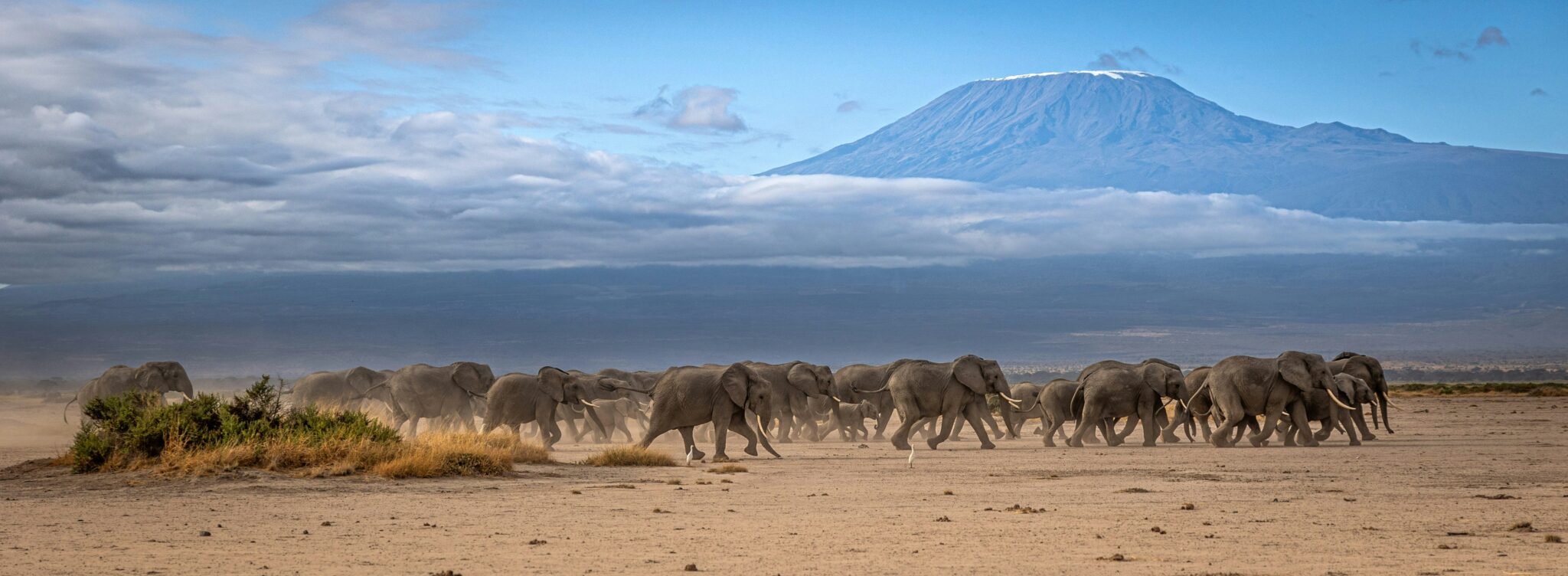
Amboseli
Home of the African Elephant
Amboseli is an iconic Kenyan national park, famous for its large herds of elephants and spectacular views of Mount Kilimanjaro, which dominates the landscape.
Crowned by Mount Kilimanjaro, the highest peak in Africa, Amboseli National Park is one of the most visited parks in Kenya. The name Amboseli comes from a Maasai word meaning ‘salt dust’. It is one of the best places in Africa to see large herds of elephants up close. Nature lovers can explore five different habitats ranging from the now dry bed of Lake Amboseli, to wetlands with sulphur springs, to savannah and forest.
It is also possible to visit the local Maasai community living around the park and experience their authentic culture.
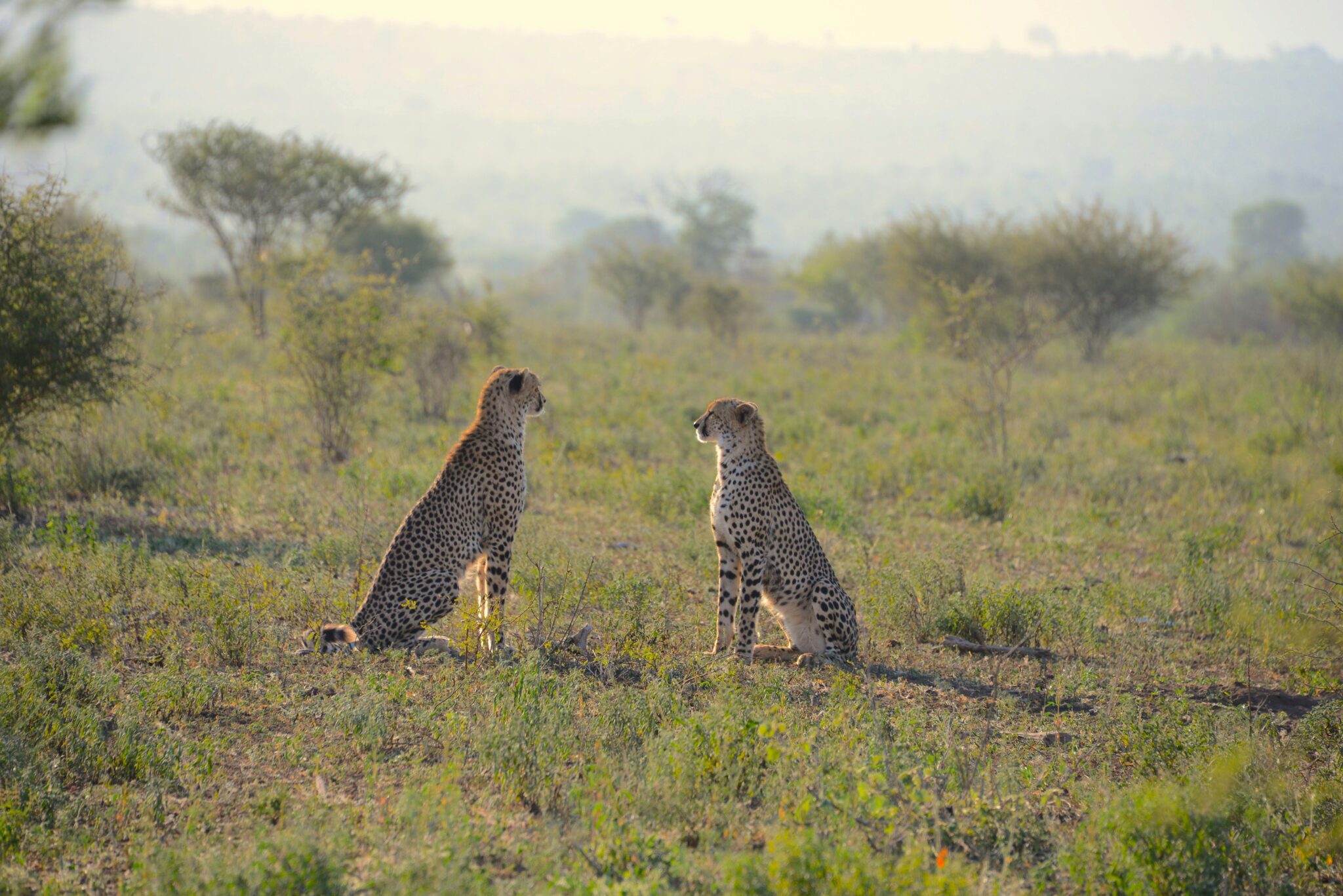
Masai Mara
From the Great Migration to up-close encounters with Africa's big cats
The Masai Mara is one of the world’s most famous wildlife destinations, known for its vast savannahs teeming with wildlife, including the highest concentration of large mammals in Africa.
The area consists of the Masai Mara National Reserve and several Maasai-owned conservancies, which have become a model for environmental and community sustainability. These conservancies allow Maasai families to benefit financially while rewilding overgrazed lands.
A major draw is the Great Migration, which takes place from July to October, when millions of zebras, wildebeest, and antelopes migrate from the Serengeti to the Masai Mara in search of food and water, crossing the perilous Mara River along the way. This migration attracts many predators, including lions, leopards, and cheetahs, who take advantage of the abundant prey.
The Masai Mara’s landscape is characterized by open grasslands dotted with acacia trees, with the term “Mara” meaning “spotted” in the Maasai language. The area covers 1,510 square kilometers, bordered by the Serengeti to the south and Maasai ranches to the north, east, and west. It has been a protected wildlife area since 1961 and is crucial for both wildlife conservation and the Maasai community’s way of life.
